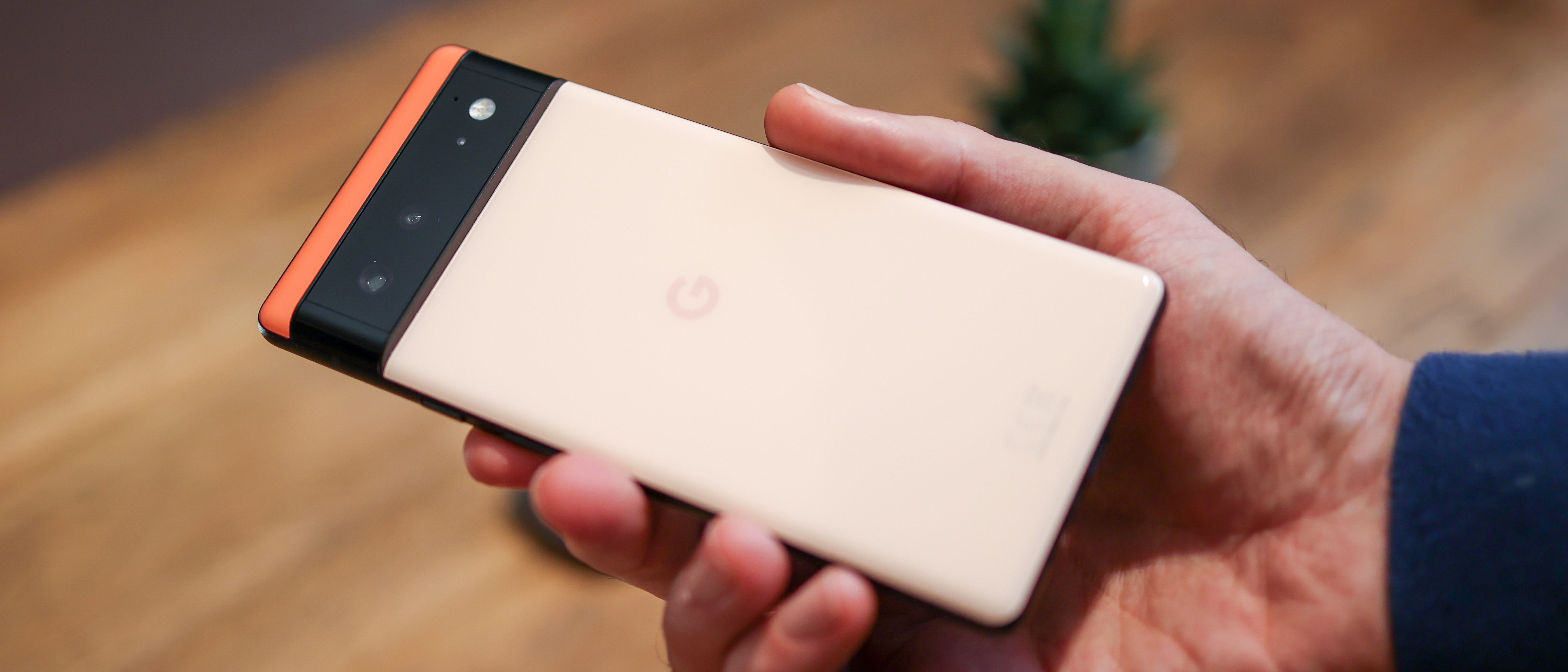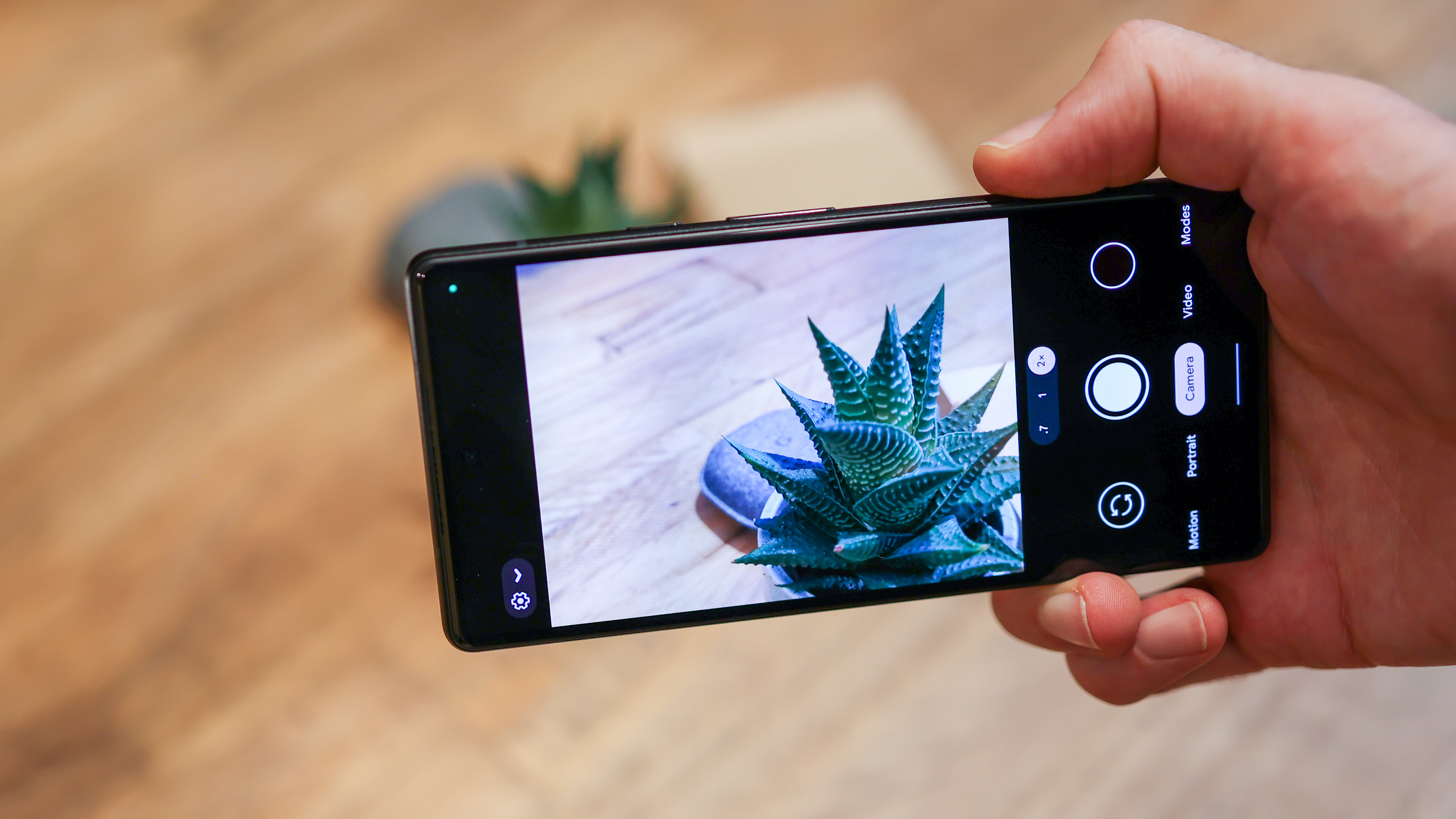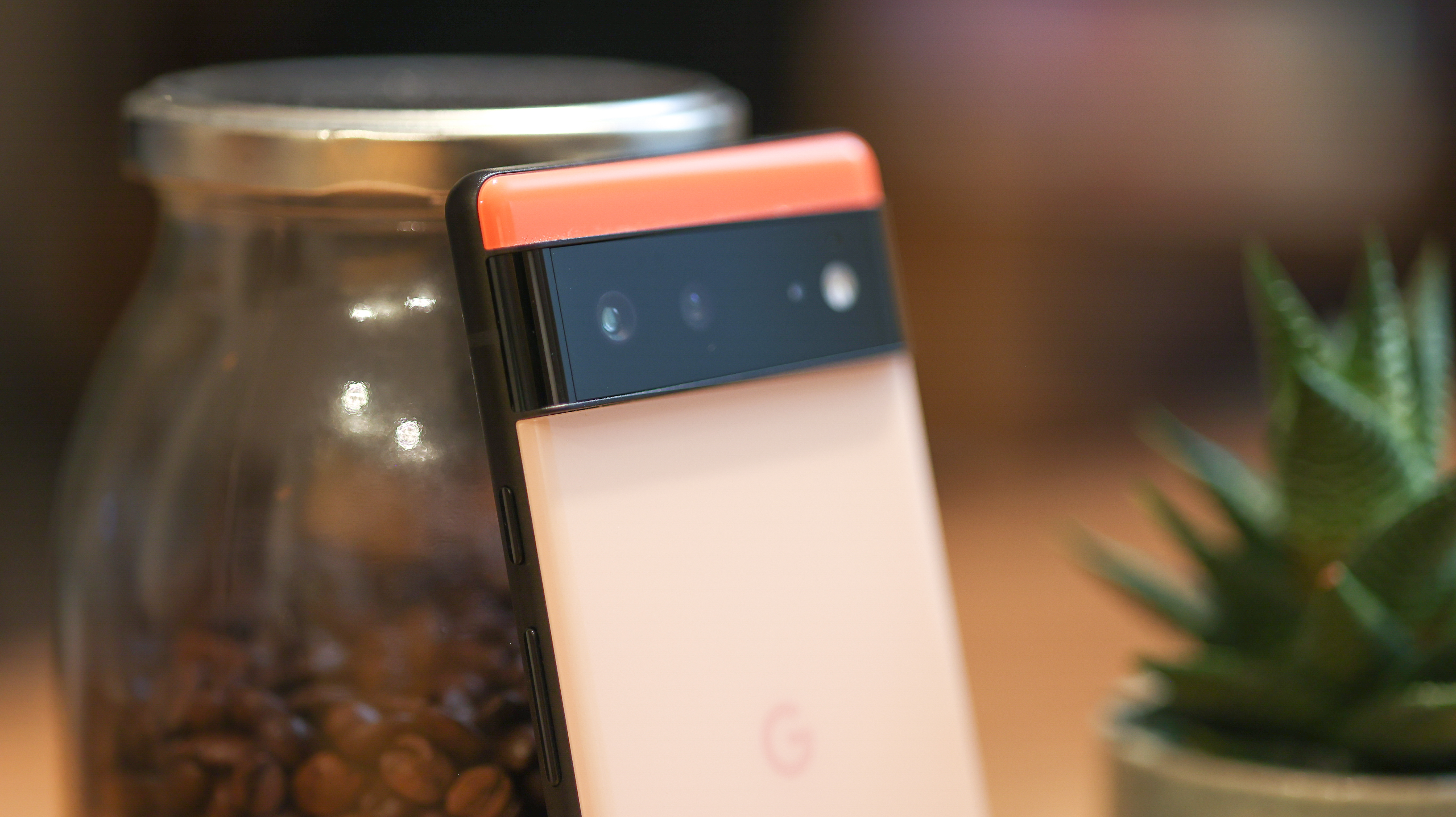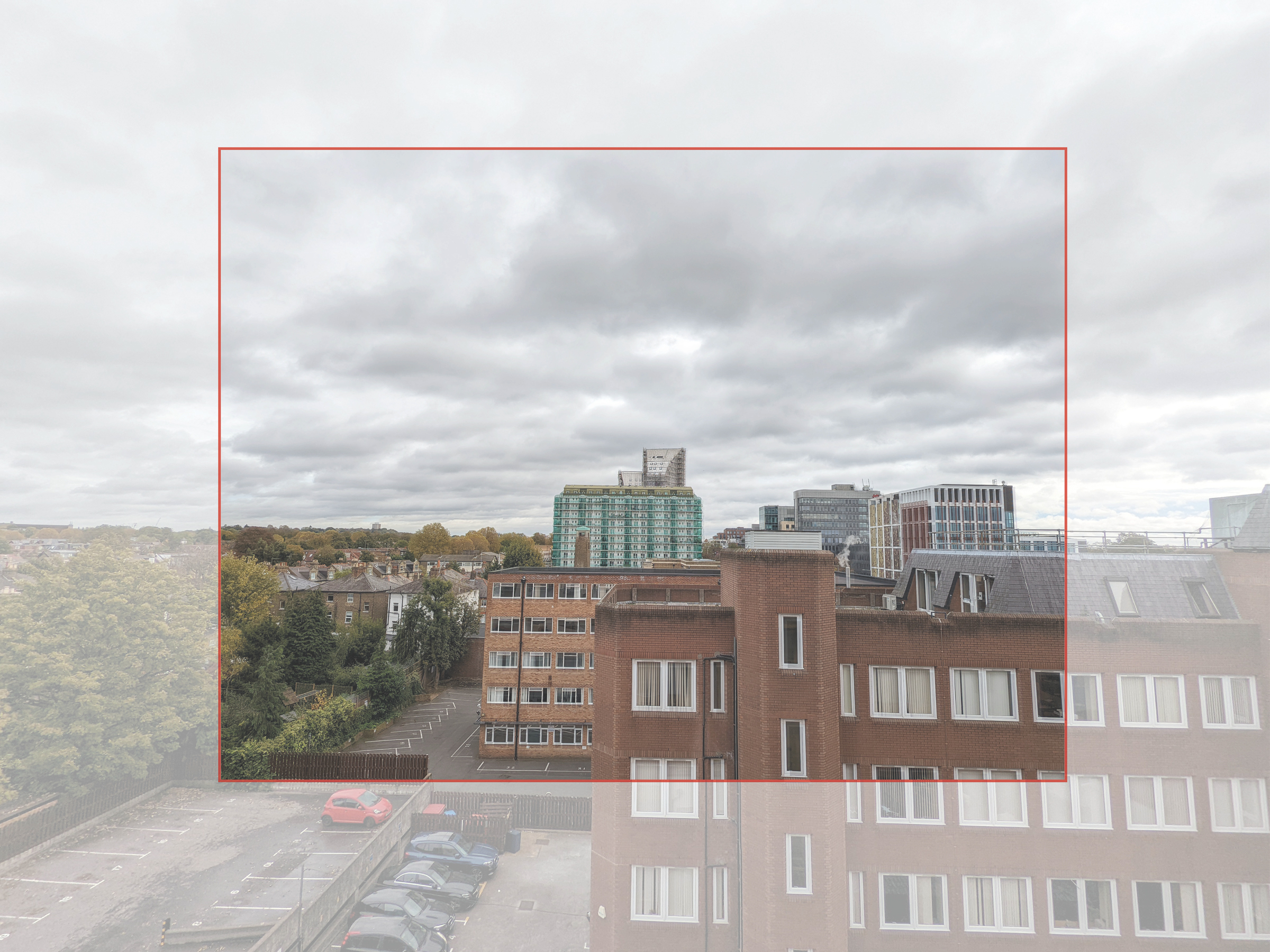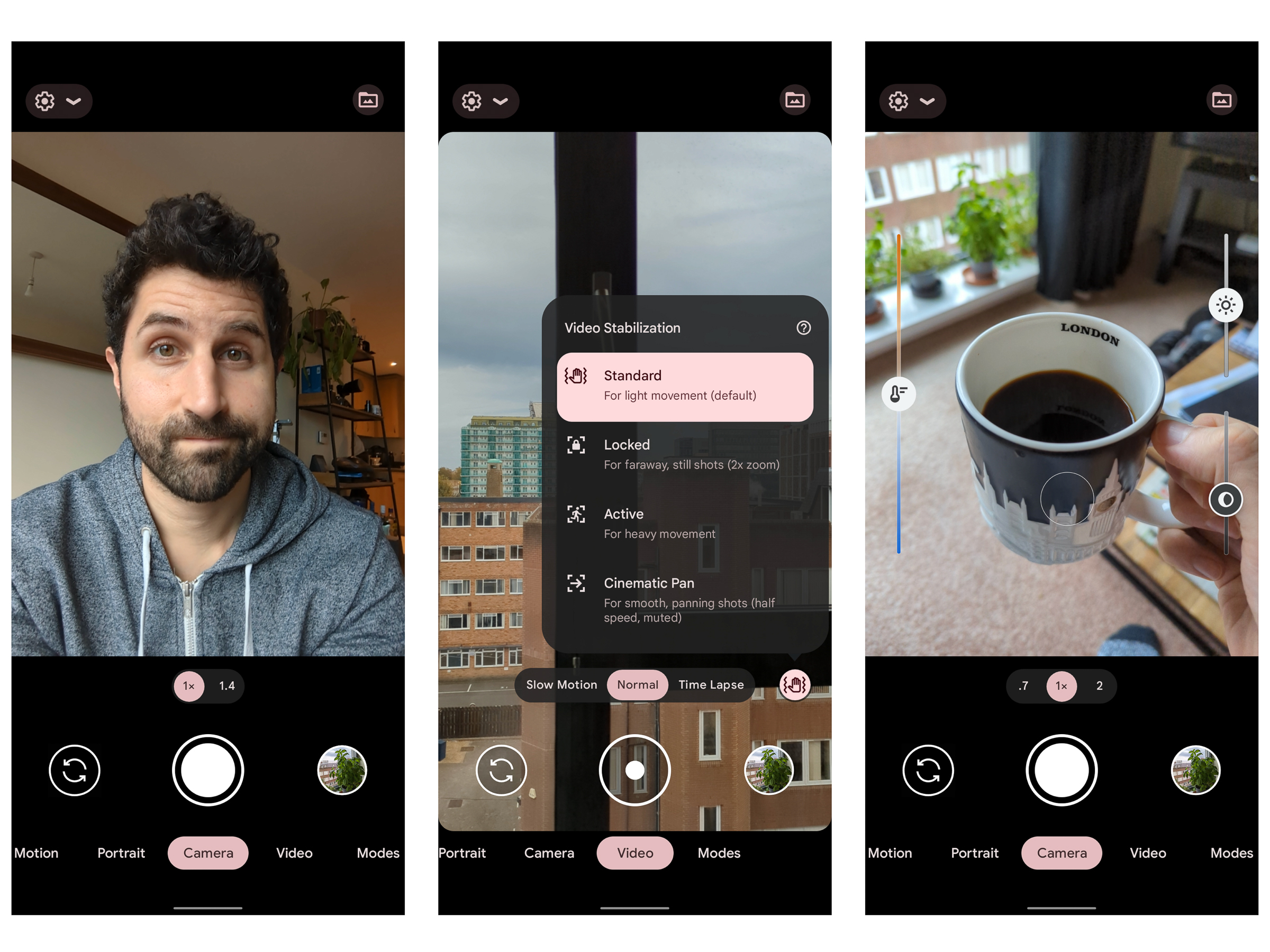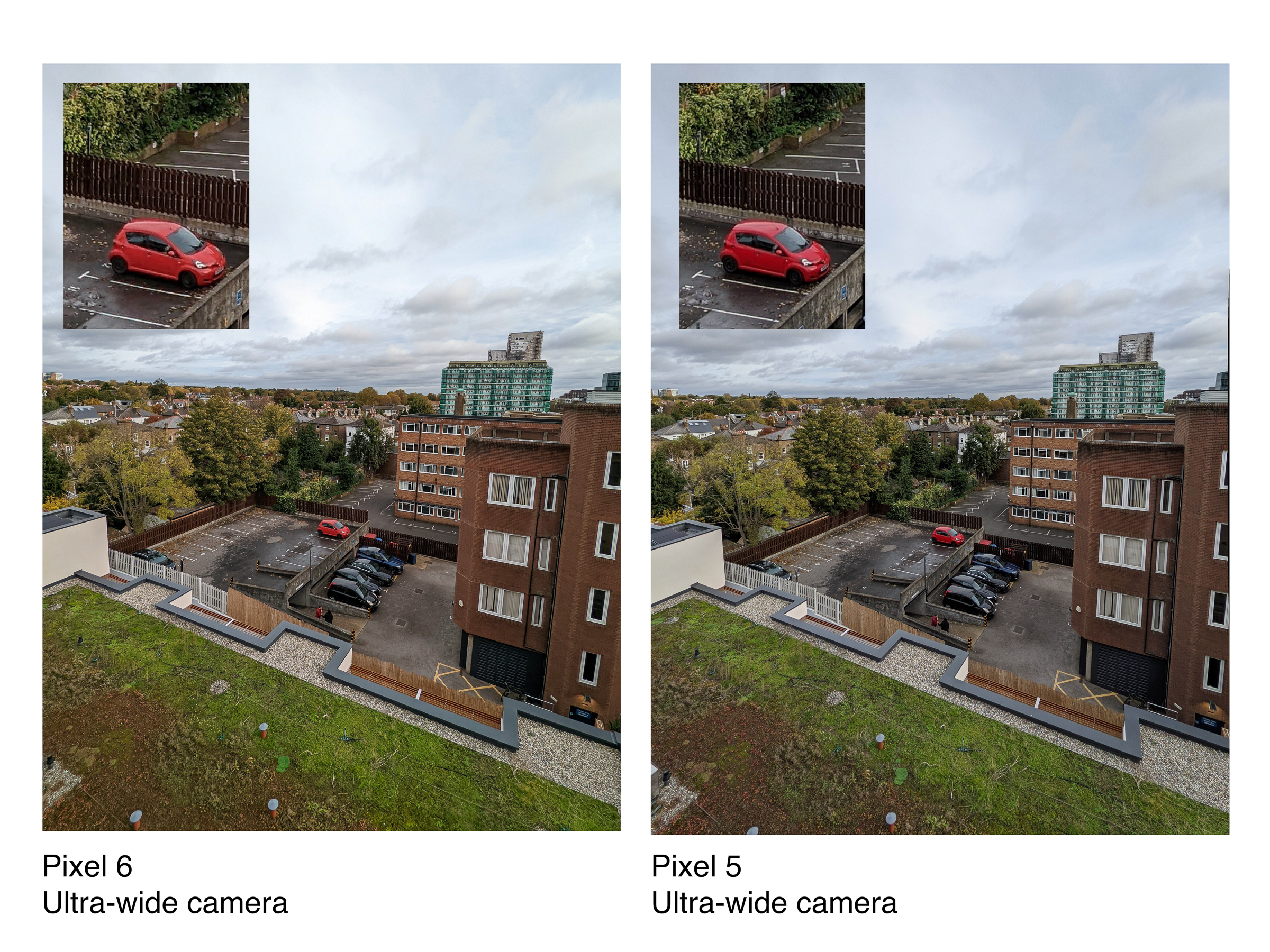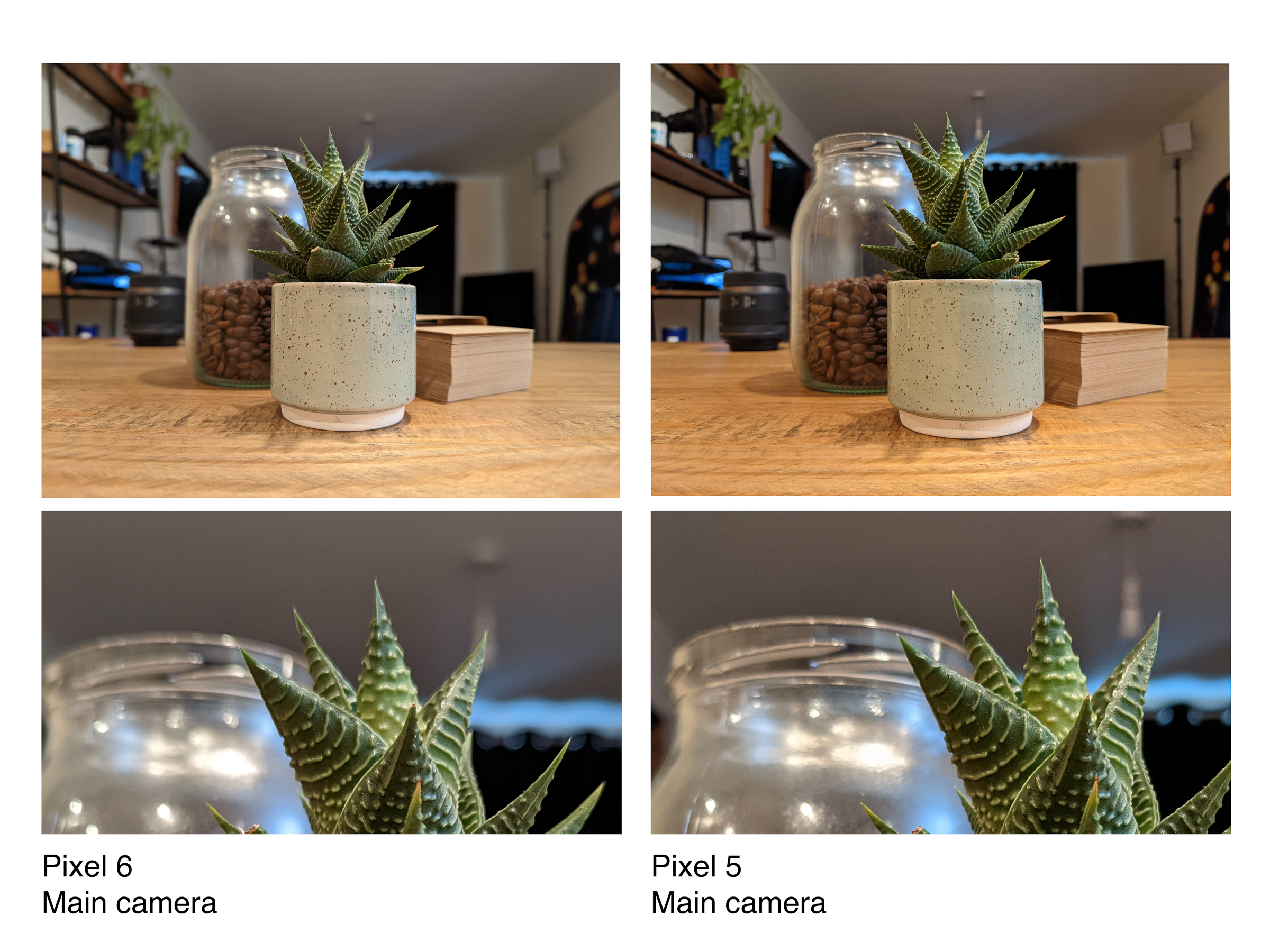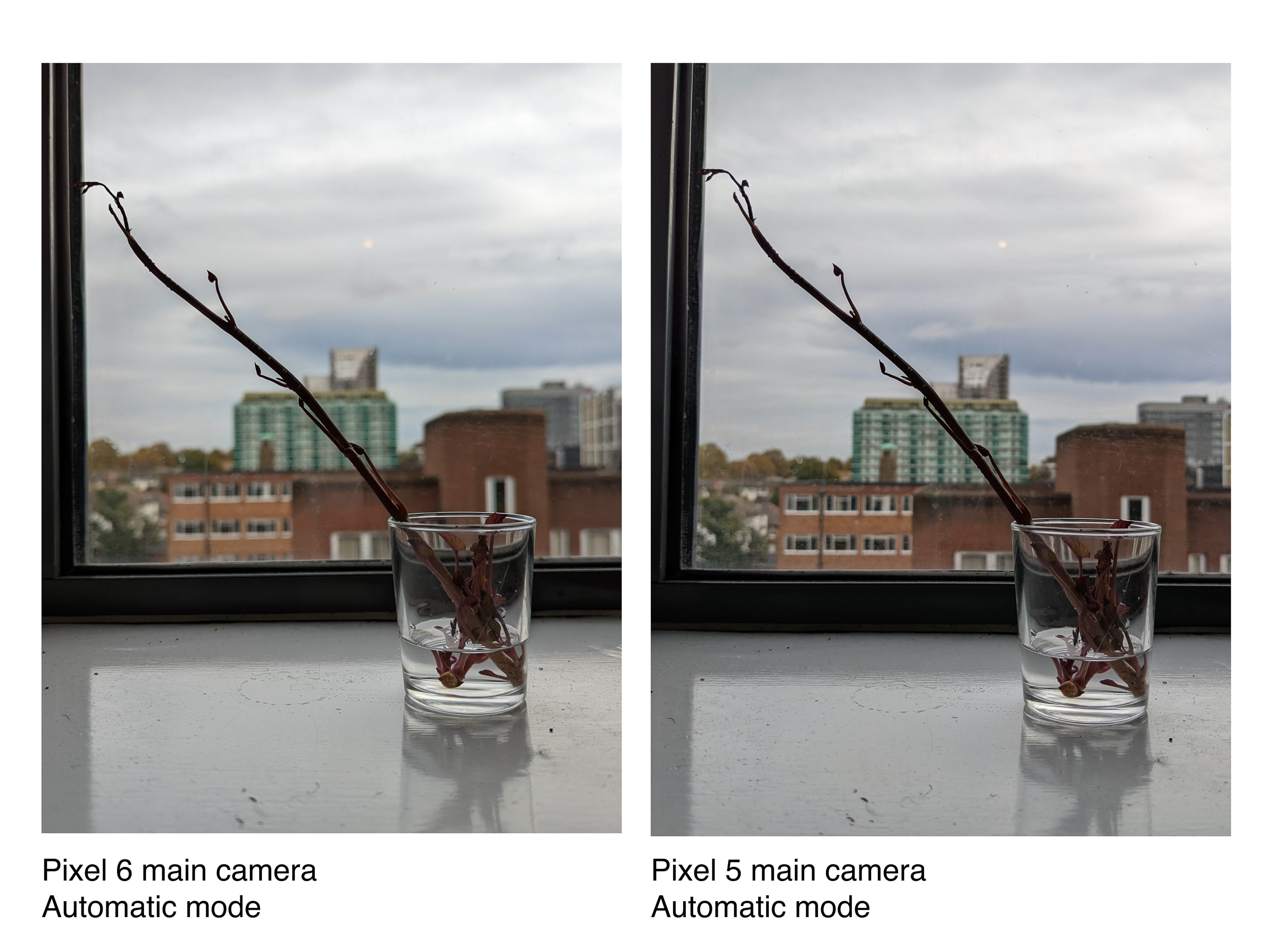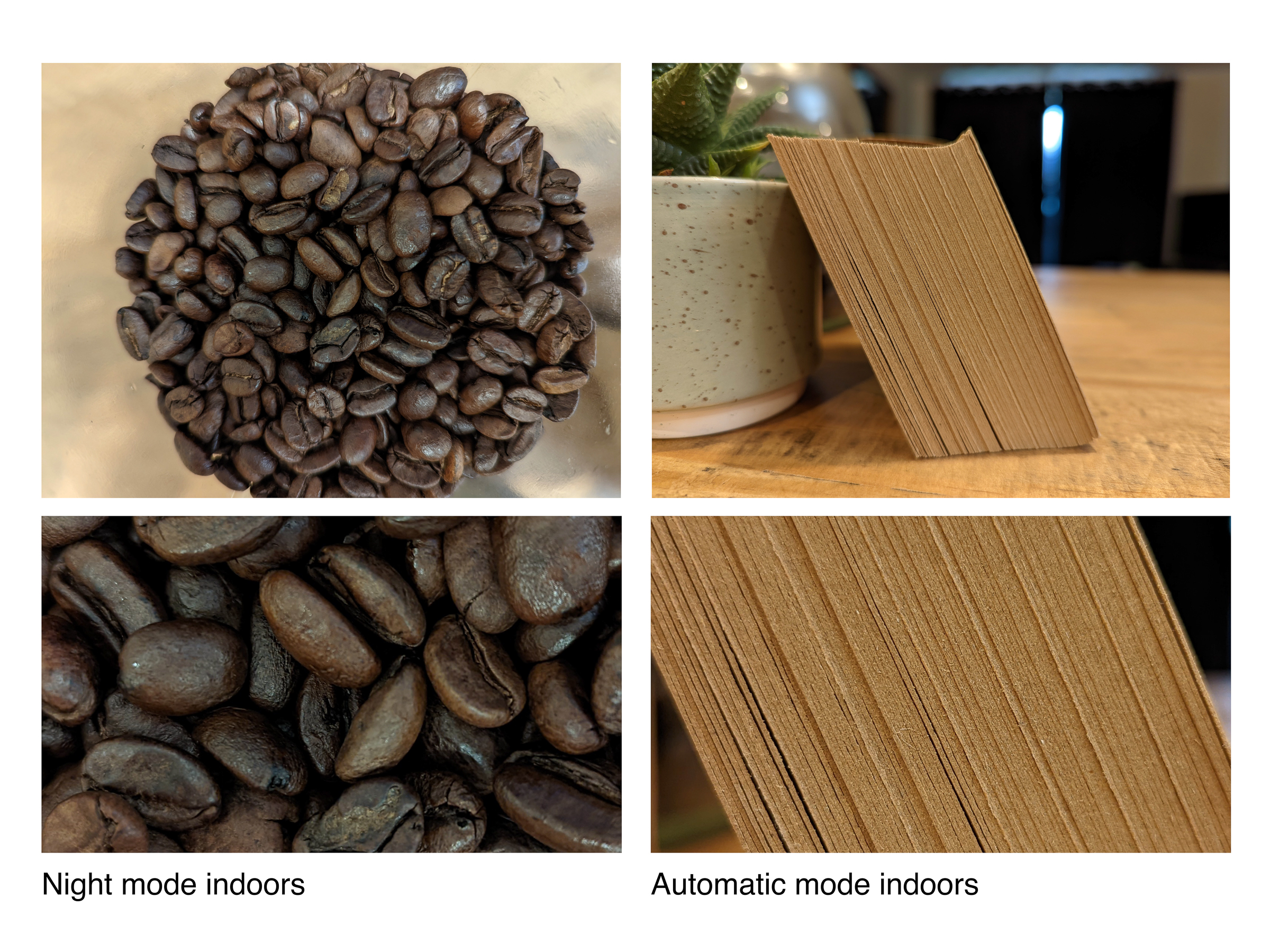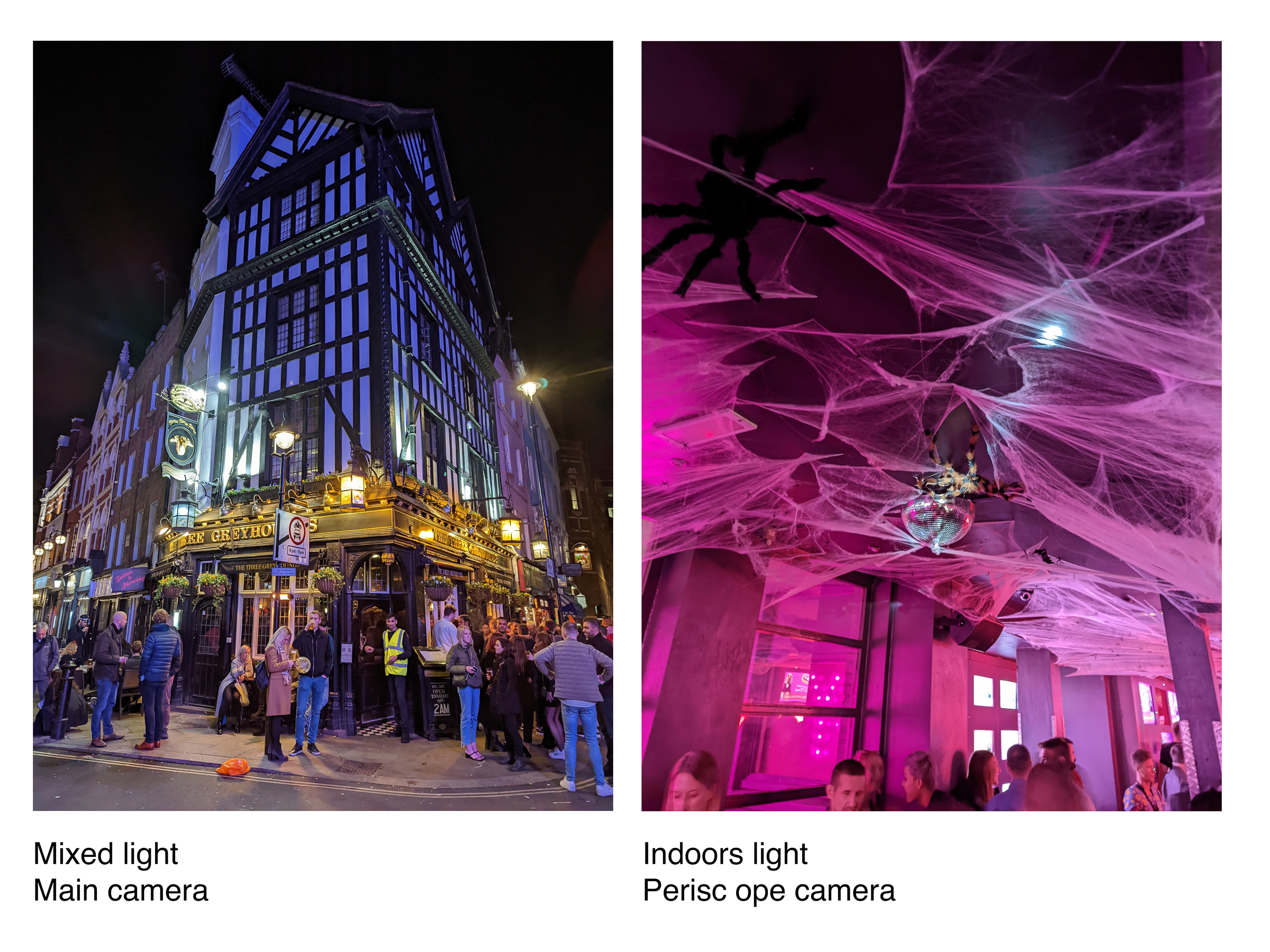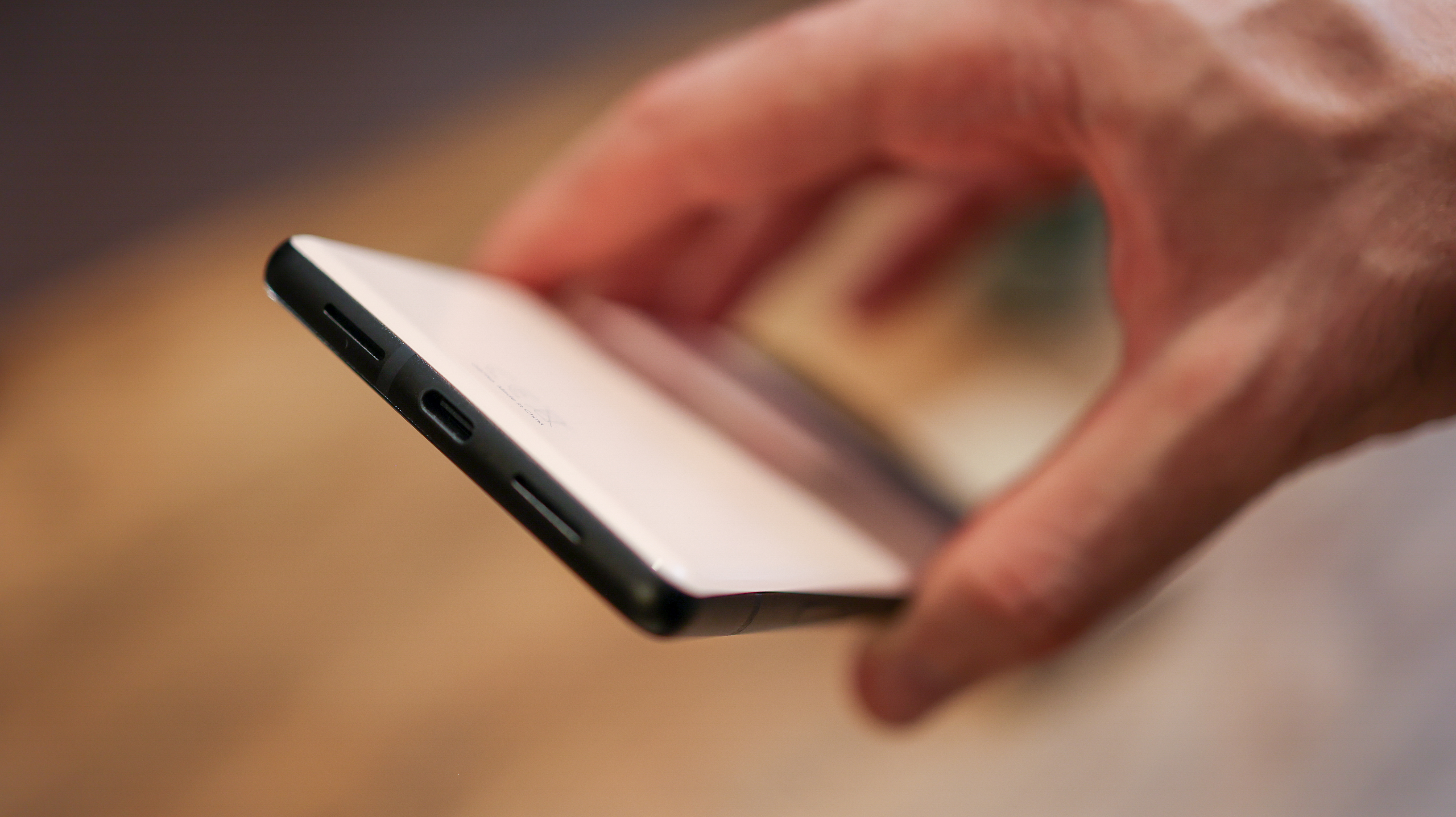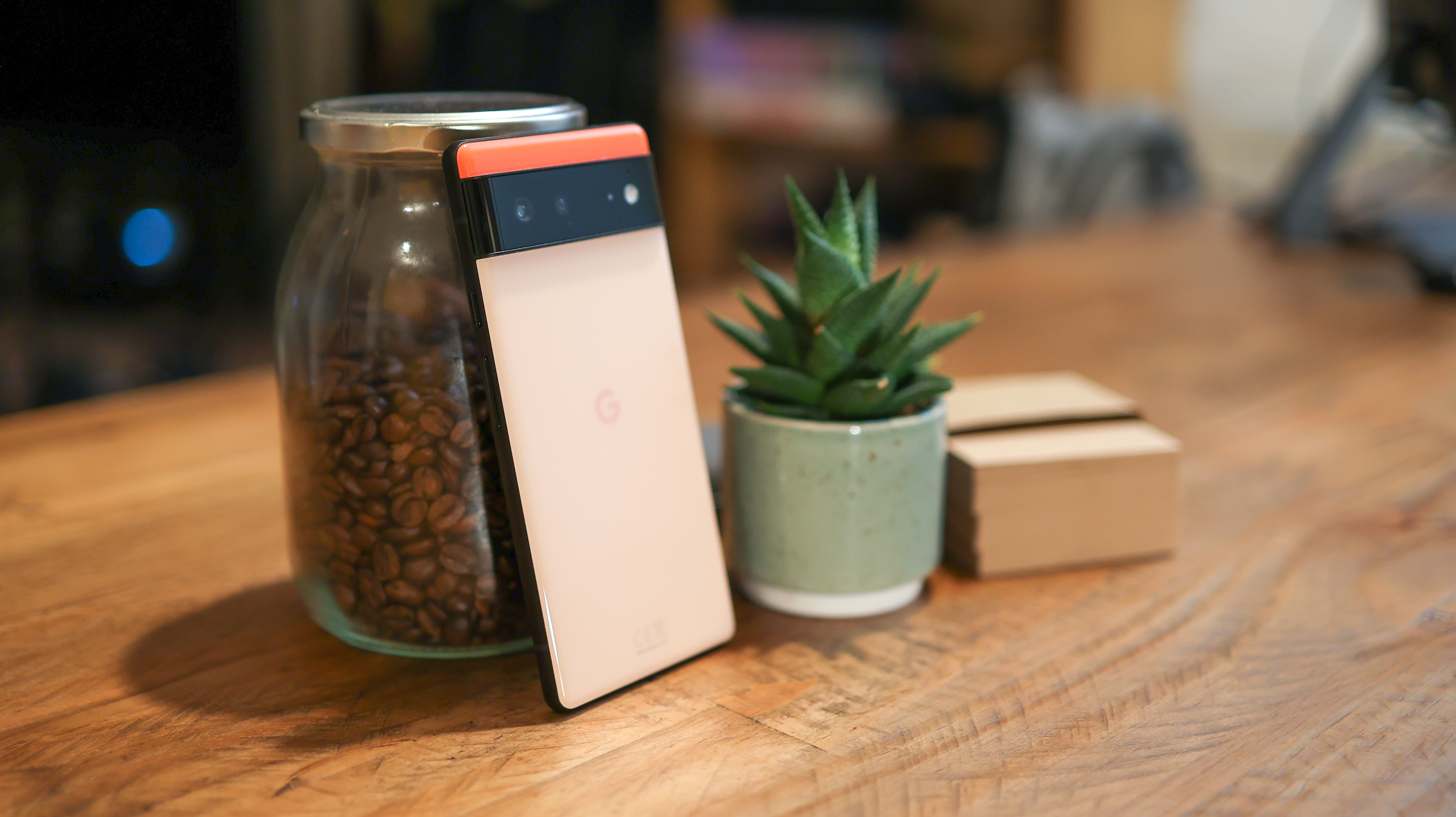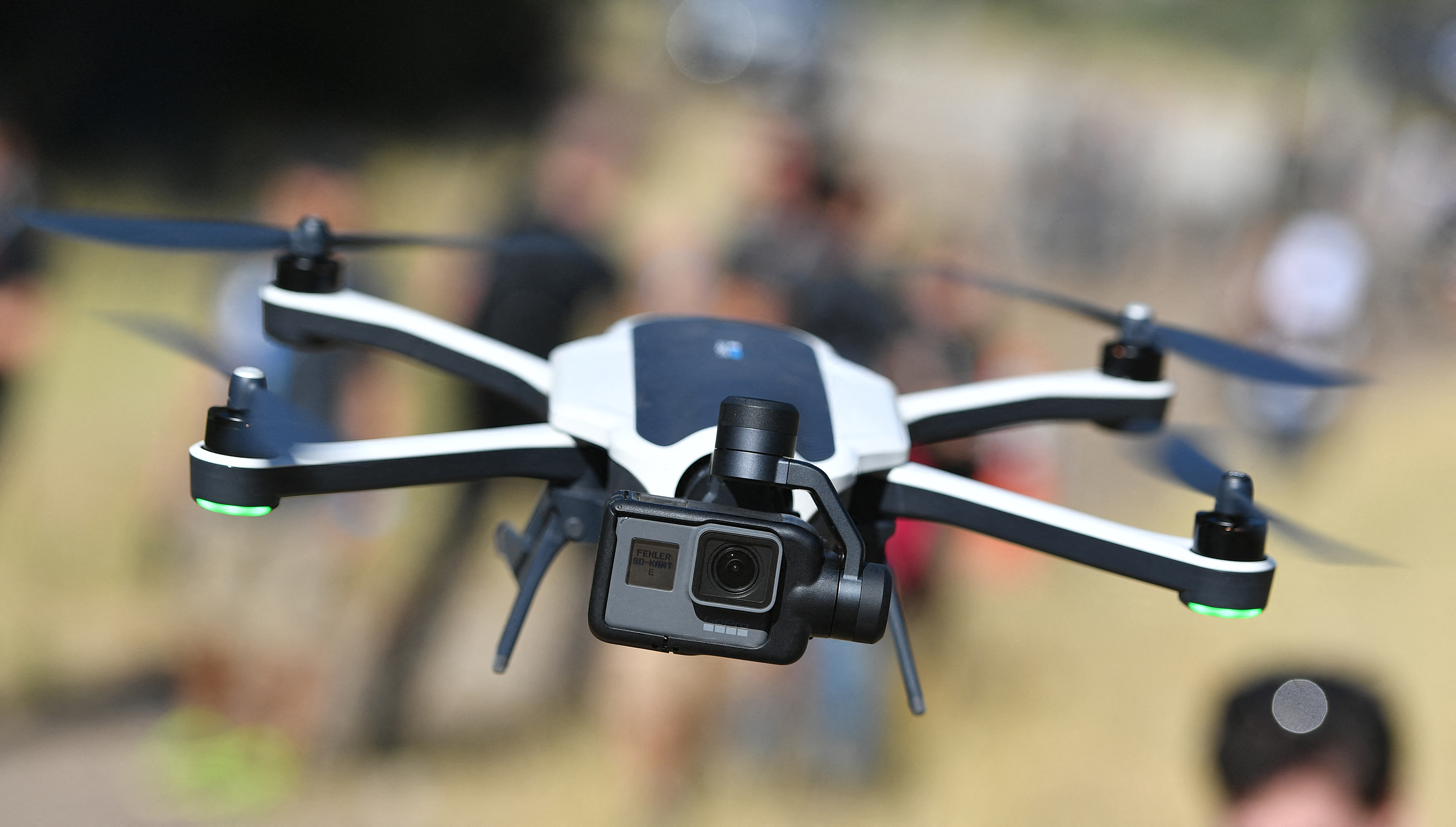Digital Camera World Verdict
The no-frills Pixel 6 misses out on the telephoto lens of the 6 Pro, and its design and screen aren’t quite as special, but it also costs a lot less while packing most of the same internals. It also enjoys an impressive primary camera, as well as an uncluttered version of Google’s latest mobile operating system, Android 12. All things considered, the Pixel 6 and 6 Pro are two of the best phones a photography lover can buy in their respective price brackets.
Pros
- +
Natural, reliable photo processing
- +
Impressive performance to price balance
- +
Uncluttered Android experience
Cons
- -
Much larger than Pixel 5
- -
Battery weak at first, then improves
- -
Ultra-wide lens is fixed-focus
Why you can trust Digital Camera World
The Google Pixel 6 is arguably the true flagship Android smartphone for 2021. After all, Android is made by Google, and so too is the Pixel 6. Running with Google’s freshest take on its mobile OS – Android 12, the new Pixel 6 (and its larger brother the Pixel 6 Pro) should technically showcase its features better than any other.
Costing $599 / £599, the Pixel 6 is priced aggressively, given the fact it runs with a flagship chipset, packs an OLED display, features wireless charging and starts with 128GB storage. Going up against phones like the iPhone 13 Mini, OnePlus 9, and Galaxy S20 FE, it has stiff competition, but luckily, it’s no spec slouch.
The Pixel 6 and 6 Pro are both Gorilla Glass and metal delights, and are significantly more powerful than the Pixel 5. However, the Pixel 6 is definitely a weaker camera phone than the 6 Pro. While both share a new 50MP primary camera, and an updated ultra-wide, the periscope zoom telephoto camera is only on the Pixel 6 Pro. The Pixel 6’s screen also runs with a lower refresh rate and resolution, and it features less RAM than the 6 Pro.
Pixel 6: Design and screen
While the Pixel 6 is smaller than the Pro, it definitely isn’t a small phone. First off, there’s the weight, and at 207g, it’s got heft to it, weighing just 3g less than the Pixel 6 Pro, which sports a significantly larger screen – 6.5 inches versus the 6.2-inch Pixel 6.
If you liked the size of the Pixel 5, the Pixel 6 is a comparative brick. It also isn’t as elegant as the Pixel 6 Pro, without the curved screen and polished sides.
Despite not being as elegant as the Pro and curved screen phones like the OPPO Find X3 Pro, the Pixel 6 is still premium. Made from scratch-resistant Gorilla Glass Victus on the front with Gorilla Glass 6 around the back, its metal alloy frame and IP68 water and dust resistance make it seem and feel protected.
The best camera deals, reviews, product advice, and unmissable photography news, direct to your inbox!
There’s definitely a refinement missing on the standard Pixel 6 that you might expect on phones that cost a little more. Its blasted metal frame doesn’t feel super sleek. Its less tapered edges make it feel thicker than the Pixel 6 Pro, even though both measure 8.9mm.
Colours include Sorta Seafoam, Kinda Coral and Stormy Black. All three options look striking with their horizontal, raised camera surrounds, however, our favourite is the Sorta Seafoam option, given it carries forward Google’s playful styling with a side serving of subtleness.
Its screen measures 6.4 inches, with an aspect ratio of 20:9. The Full HD resolution of 1080 x 2400 isn’t as sharp as top-end flagships, but in its price bracket, is competitive with a pixel density of over 400 PPI, and the fact it’s shown off on high-quality 90Hz OLED technology is only a good thing.
Pixel 6: Cameras
While the Pixel 5 rehashed the same camera on the Pixel 4 and Pixel 3, the Pixel 6 boasts an entirely new wide and ultra-wide camera.
At the far left of the camera strip around the back of the Pixel 6 is a 50MP 1/1.31 sensor, featuring 1.2-micron pixels, omnidirectional phase-detection autofocus, laser autofocus, and OIS. With a 26mm wide-angle and matched with Google’s smart camera software, the main camera should be your go-to option for most things.
The secondary camera on the Pixel 6’s not so little black camera surround is the ultra-wide, which features fixed focus lens and 12MP resolution. Despite not wowing us with specs, the new ultra-wide module benefits from larger pixels than on the Pixel 5 – 1.25-micron versus 1-micron, and the f/2.2 aperture and 114-degree field of view are also competitive.
Our favorite camera on the Pixel 6 Pro is its telephoto periscope camera, which the Pixel 6 misses out on. Given the fact it’s much cheaper, however, this is an understandable omission. No 2021 camera phone that costs what the Pixel 6 does features a quality periscope zoom camera.
Shooting modes on the new Pixels bring back old favorites – Astrophotography, Night Sight, Panorama, and Photosphere, as well as standard options like Photo, Video, and Portrait modes. A new mode for the series, Motion, supports Action Pan shots which keep a moving object sharp while blurring the background, and Long Exposure photos that can be captured handheld.
Video is captured at 4K resolution, 60fps, and the default UI supports easy switching between Bluetooth and on-device microphones, which is very handy. While you can shoot RAW photos, there’s no out-of-the-box manual camera capture option, though plenty of third-party apps are available in the Google Play Store that open up manual photo and video capture, including the Lightroom Mobile app (for photos specifically).
Camera performance
If you have a Pixel 5, it makes much more sense from a camera point of view to upgrade to the 6 Pro than the Pixel 6.
With the Pixel 6 Pro, you’re getting something totally new – a telephoto camera, whereas with the Pixel 6, it’s a marginal upgrade to the same wide and ultra-wide setup. Nevertheless, the Pixel 6 is a great camera phone, just like the Pixel 5. Its photos are generally well exposed, balance contrast and dynamic range, and adjust for different scenes reliably.
The Pixel 6’s pictures aren’t always as vibrant as those of the Pixel 5, especially when it comes to processing reds or indoor scenes. As a result, the Pixel 6 produces more natural looking shots. This could in part come down to contrast levels, with the Pixel 5’s photos featuring boosted contrast by comparison to the Pixel 6. Interestingly, this tends to be flipped outdoors, with greens and blues looking zingier on the new Pixels.
Thanks to the new Pixel 6 and 6 Pro featuring a larger sensor, photos from the main cameras deliver a much shallower depth of field when compared to those of previous generation Pixels – we seldom felt the need to activate Portrait mode in our time with the phone, especially when capturing photos of subjects closer than one meter. The camera is also quick to take a photo and can compensate for a slightly shaky hand well, in bright and dimly lit scenes alike.
While the ultra-wide camera didn’t impress us too much – it does the job for expansive shots and works with night mode, however, doesn’t fire up Astrophotography, so that feature’s still reserved for the main camera. As for the front camera, it captures a healthy amount of detail and rich colors, though we wouldn’t have minded slightly lower contrast for more flattering photos in scenes with harsh lighting.
The new shooting modes are fun, and we were able to capture a lowlight handheld light trail with ease thanks to some smart software stabilization. This stabilization extends to video too, with support for one of four stabilized modes – Standard, Locked (when zooming), Active and Cinematic Pans.
Pixel 6: Additional specs
The phone features a 4,600mAh battery, complete with fast charging which powers it up to 50 percent in 30 minutes. Given the fact the Pixel 6 and 6 Pro don’t ship with chargers, you might struggle to get a fast charger for it, however, if you look for PD 3.0, that’s the standard of charger both phones use.
The phones also support wireless and reverse wireless charging, and feature battery saver and extreme battery saver modes that can eke out a couple of days of use. In standard mode, however, we comfortably made it through a day with moderate to heavy photo and video capture, as well as regular phone use.
We found the under-display fingerprint scanner to be a touch less responsive than we’d have liked, and interestingly, slower than our 6 Pro review device. It’s still usable, but not speedy, and given the lack of face unlocking, is your only biometric option.
The Pixel 6 starts with 128GB storage, versus 64GB on the Pixel 4 series, and features 8GB RAM. Matched with Google’s Tensor Titan M2 chip, performance was on point, with no slowdown and decent heat management after the initial set up.
Also of note, the phone runs the latest version of Android, which balances new features with a light, easy-to-navigate interface that’s much less overbearing than UIs from the likes of Huawei and Xiaomi. When you pick up a Pixel, there’s a degree of future-proofing that you can expect, and with excellent app support, the promise of years of OS updates, and fun, new features and visuals, the software doesn’t let down Google’s excellent hardware.
Pixel 6 verdict
You can pick up the Pixel 6 for $599 / £599, which is the same price as the Pixel 5 when it launched. On the one hand, this makes the Pixel 6 incredible value. It has a superior display, an updated camera, loads more power and some features that aren’t available on the Pixel 5, like Action Shot. That said, the Pixel 6 is big, whereas the Pixel 5 wasn’t. Its size is probably the thing that makes it a hard sell from an upgrade point of view.
Given the fact it doesn’t have the excellent periscope camera the Pixel 6 Pro does, the Pixel 6 also misses out on being the best camera phone of 2021. If you can get past its size and lack of periscope camera though, we couldn’t be happier with the new Pixel’s price to performance ratio.
What Google does masterfully with its new Pixel is make a phone that’s affordable, showcases premium design, and takes great photos and videos. If you like the look of the Pixel 6 and don’t want to spend more than $600 or £600, then it’s an easy phone to recommend. However, if you’re prepared to splash out a little extra on the Pixel 6 Pro, from a photography point of view, it’s our clear winner with that telephoto camera.
Read more
• The best camera phones you can buy today
• Best Samsung phone in 2021
• The best budget camera phone
• The best burner phones
• The best phablet
• Which is the best iPhone for photography?
• Best phone cases
• Best wireless chargers
Basil Kronfli is a freelance technology journalist, consultant, and content creator. He trained in graphic design and started his career at Canon Europe before moving into journalism. Basil is also experienced in video production, independently running the YouTube channel TechEdit, and during his time at Future, he worked alongside the Digital Camera World team as a senior video producer.
